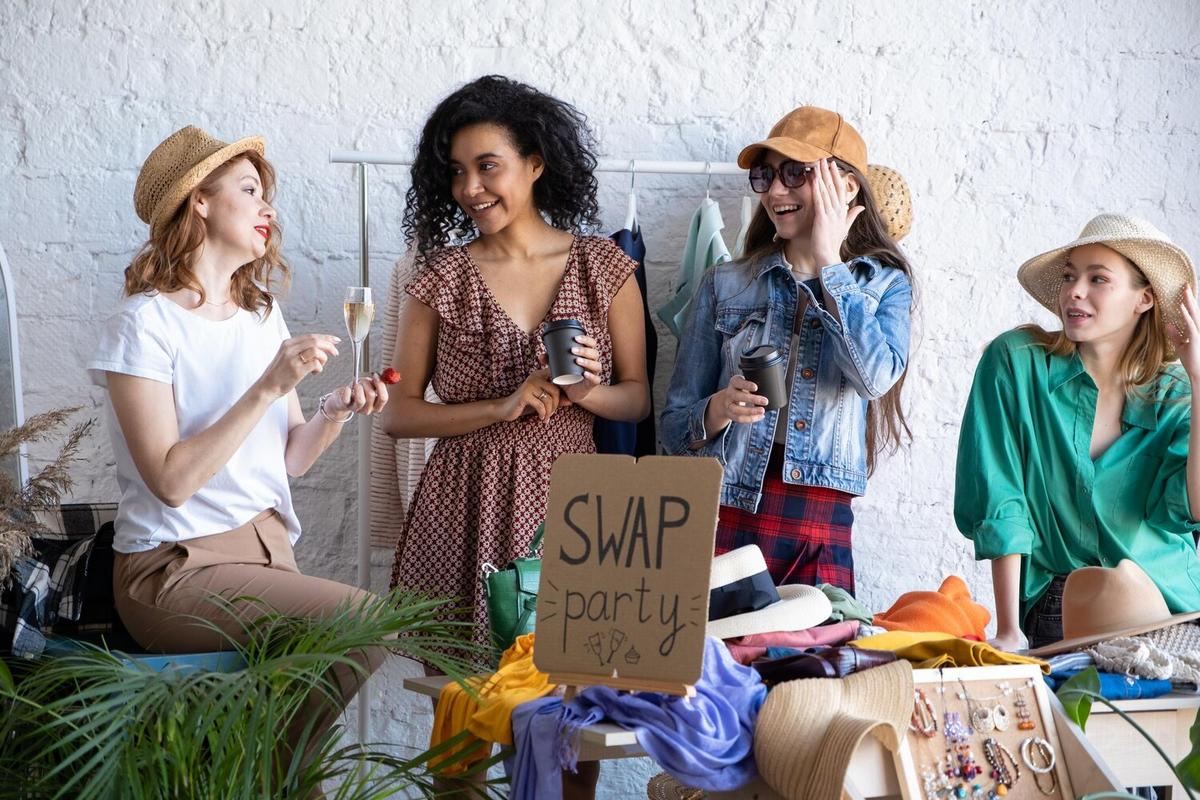
How to Start a Community Craft Swap
Imagine a world where your unused crafting supplies find new homes and inspire creativity in others. This is the essence of a community craft swap, a sustainable approach to crafting that brings people together while reducing waste.
Starting a community craft swap is an exciting way to engage with fellow crafters and promote sustainability. By organizing a swap, you create a platform for exchanging crafting materials, sharing ideas, and building connections. Let’s explore how you can create a successful craft swap in your community.
Why Start a Craft Swap?
Craft swaps are more than just exchanges of materials; they foster community spirit and environmental consciousness. According to a report by Zero Waste International, creative reuse of materials can significantly reduce landfill waste and carbon footprint. Craft swaps are a perfect example of this principle in action.
Gathering Ideas and Inspiration
Before diving into planning, gather inspiration from existing swaps. For instance, the Crafting Circle in Portland organizes bi-annual events that draw hundreds of participants. Their success lies in a simple, organized system and a welcoming atmosphere.
Planning Your Craft Swap
Begin by setting a date and location. Community centers, libraries, or even someone’s spacious backyard can serve as venues. Ensure the space is accessible and has enough room for tables and participants.
- Set clear rules: Define what items can be swapped. Typically, materials like yarn, fabric, beads, and paper are popular choices.
- Promote the event: Utilize social media and local bulletin boards. Create a catchy flyer and share it in crafting stores and community hubs.
- Organize volunteers: Enlist friends or fellow crafters to help with setup, registration, and cleanup.
Creating an Engaging Experience
To make your event memorable, consider adding interactive elements. Host a crafting demonstration or a mini workshop. This not only attracts more participants but also enriches the swap experience.
| Task | Responsible | Deadline |
|---|---|---|
| Venue Booking | Event Organizer | 4 weeks before event |
| Flyer Design | Marketing Team | 3 weeks before event |
| Social Media Promotion | Social Media Manager | 2 weeks before event |
| Volunteer Recruitment | Volunteer Coordinator | 3 weeks before event |
| Setup & Cleanup | Volunteer Team | Day of event |
| Workshop Planning | Workshop Leader | 2 weeks before event |
| Outcome Evaluation | Event Organizer | 1 week after event |
Encouraging Ongoing Engagement
After a successful swap, keep the community engaged. Consider forming a crafting club or planning regular swaps. This keeps the momentum going and fosters a sense of belonging among participants.
FAQs
How do I ensure a wide variety of materials?
Encourage participants to bring unique or specialty items and consider collaborating with local craft stores for donations.
What if there are leftover materials?
Plan to donate remaining materials to schools, non-profits, or creative reuse centers.
How can I make the swap more sustainable?
Promote the use of recyclable or reusable materials for packaging and setup.
Conclusion
Starting a community craft swap is a rewarding endeavor that promotes sustainability and community involvement. By following these steps and encouraging creativity, you can create a thriving event that benefits everyone involved. So, gather your crafting supplies and start planning your community’s next creative gathering!


